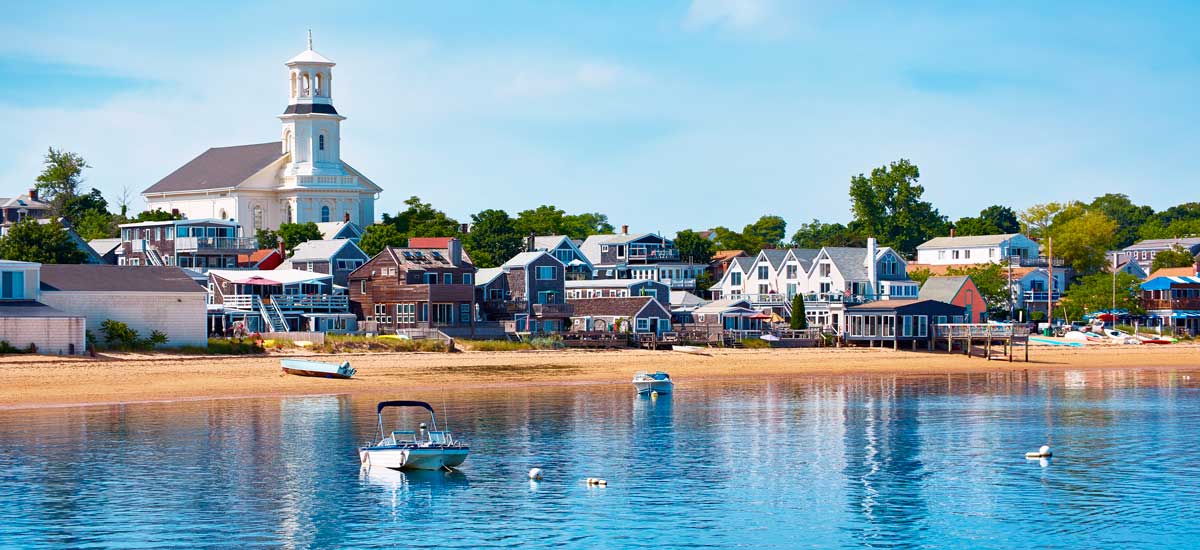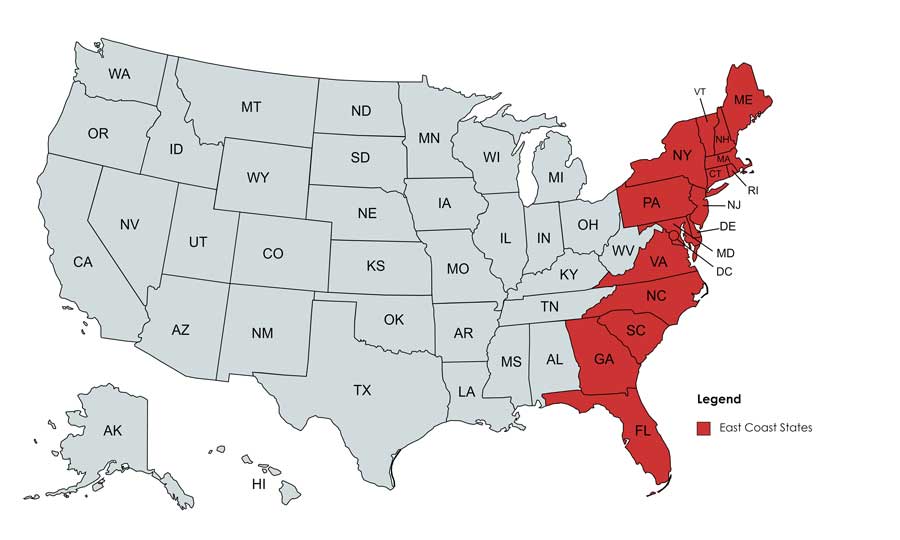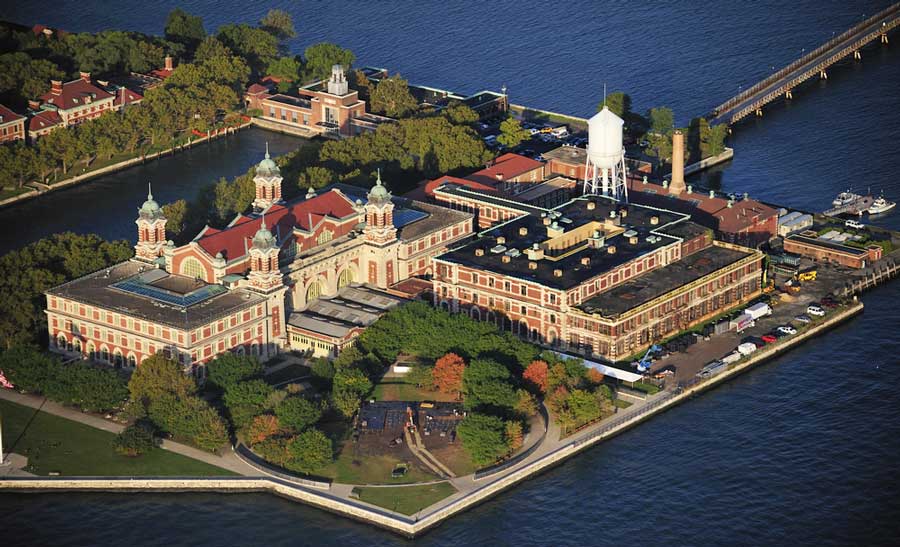What States Are East Coast? (Info, History & Fun Facts)

Wondering what states are considered the East Coast?
The states along the East Coast of the United States are Maine, New Hampshire, Vermont, Massachusetts, Rhode Island, Connecticut, New York, New Jersey, Pennsylvania, Maryland, Delaware, Virginia, North Carolina, South Carolina, Georgia, and Florida as well as Washington D.C.
The East Coast is a highly populated coastal area in the United States. Do you know how the East Coast differs from the West Coast?
What about the history that makes the region so diverse?
Read on to find out more about the United States East Coast!
Contents
Advertising Disclosure: What States is a for profit reference website, supported by advertisements. Thank you for supporting our mission to make geography fun for all!
What States are on the East Coast?
The states along the East Coast of the United States include:
- Maine
- New Hampshire
- Vermont
- Massachusetts
- Rhode Island
- Connecticut
- New York
- New Jersey
- Pennsylvania
- Maryland
- Delaware
- Virginia
- North Carolina
- South Carolina
- Georgia
- Florida
- Washington, D.C. (a district, not a state)

Do you know the cheapest and most expensive states to live in along the East Coast? Read on to find out, as well as why this region is so spectacular to live in.
❓ Trivia Time: Do you know all the abbreviations for the East Coast states?
Defining the East Coast Region

The East Coast states are also sometimes called the Atlantic Coast, the Atlantic Seaboard, or the Eastern Seaboard. The word “seaboard” here means land bordering a sea (in this case, the Atlantic Ocean).
Are all the East Coast States part of the Atlantic coast? Most of them are. The states with shorelines on the Atlantic Ocean include Maine, New Hampshire, Massachusetts, Rhode Island, Connecticut, New York, New Jersey, Delaware, Maryland, Virginia, North Carolina, South Carolina, Georgia, and Florida.

You may notice that Pennsylvania, Vermont, and Washington, D.C. are not on the list of states bordering the Atlantic Ocean. They are nonetheless considered East Coast States, and West Virginia is sometimes grouped in as well. This is because their land was included as part of the Original Thirteen Colonies, an alternate way of conceptualizing the East Coast States.
Additionally, Pennsylvania and Washington, D.C. are located on tidal arms of the Atlantic Ocean (the east coast rivers Delaware and Potomac, respectively). ‘Tidal arms,’ or estuaries, are areas where freshwater (rivers) and saltwater (oceans) mix. In a sense, both of these states are connected to the Atlantic coastline.
❓ Trivia Time: Did you know that the Appalachian Mountains run through 13 of the East Coast states?
Diversity of the Eastern US Seaboard
Dialects
One interesting way to prove that the East Coast of the United States was built as a “melting pot” of cultures is to look at the many dialects that exist in this region.
For instance, Boston has a distinct accent, often spoofed with the famous “pahk the cah in Hahvahd Yahd” (“park the car in Harvard Yard”). The lack of pronounced “R’s” in the Boston accent occurs because of the influence of immigrants entering Boston, a major port city. British English often excludes pronounced “R’s” as well, and the influence of British English on Americans along the Eastern Seaboard is still evident today.
New York City and Long Island also have a distinct dialect. For the same reasons as Boston, the New York accent also drops the R sound. It is not surprising that immigrant populations have fundamentally shaped New York and the surrounding area, since New York has been known as a major port of entry on the Atlantic coastline. Read on to learn more about how immigrants arrived there.
❓ Trivia Time: What are the tri states?
Ellis Island

Ellis Island is an island in New York Harbor owned by the federal government. Historically, Ellis Island was a major immigration center that processed people from other countries trying to enter and live in the United States. About 12 million immigrants passed through Ellis Island between the years of 1892 and 1954. Today, it is a museum.
Because of New York’s role as a major port of entry, families living in the Northeast tend to be more recent arrivals to the United States. They tend to be fewer generations removed from their immigrating family member.
In the Northeast, most families have been in the United States for 2-6 generations. The further you get from New York City, the longer the families tend to have lived in the U.S. From Pennsylvania down through the Southern United States, most families have been in the United States for 3-9 generations.
The influence of New York City and other major ports, like Boston, continues to make the Atlantic Seaboard a true melting pot of cultures.
Proximity to Latin America

In the states on the lower East Coast of the United States, diversity is added due to the states’ proximity to Latin America and the Caribbean.
For example, south-central Florida has a rich Cuban influence. Cuban immigrants arrived in Florida in two waves. The first occurred during the 19th Century when many wealthy Cubans arrived in Tampa and many established cigar shops there. It’s one of the things Florida is known for.
During the 20th Century, there was another burst of Cuban immigration as people tried to escape Fidel Castro’s rule. Many of these immigrants settled in Miami and the Florida Keys.
Quick Information about the Eastern Seaboard States (and District)

- Largest Population: Florida (21.8 M people)
- Smallest Population: Vermont (624 K people)
- Largest Area: Florida (66 K sq. miles)
- Smallest Area: Rhode Island (1,500 sq. miles). Although Washington, D.C. has a smaller area, it is not technically a state.
- Oldest Population: Maine (median age of 45 years old)
- Youngest Population: Washington, D.C. (median age of 34 years old)
- First to Join the Union: Delaware (1787)
- Last to Join the Union: Florida (1845)
- Largest City: New York City, New York ( 8.5 M)
- Primary Interstate Highway: Interstate-95 (1900 miles long)
- Popular Attractions: Times Square (New York City), Walt Disney World and Universal Studios (Florida), Assateague Island (Maryland), Niagara Falls (New York), Newport Mansions (Rhode Island), Statue of Liberty (New York City), the White House (Washington, D.C.), Freedom Trail (Boston)
East Coast vs. West Coast

Compared to the West Coast (Pacific Coast), the East Coast has several unique attributes:
- Climate: The East Coast, at least the Northeast, experiences 4 distinct seasons. In contrast, the West Coast climate is less variable.
- Lifestyle: The East Coast, especially New York City, has a reputation as a fast-paced culture, with people constantly on the go.
- The Arts: The East Coast is known for New York City’s Broadway musical scene, in contrast to Hollywood’s cinema scene.
- History: The East Coast is home to the Thirteen Original Colonies and the oldest states in the country. You can visit the Liberty Bell in Philadelphia, the Freedom Trail in Boston, or Colonial Williamsburg in Virginia.
- Geography: Compared to the West Coast, the East Coast has many smaller states. This leads to many subcultures and more variety.
FAQs about the East Coast States
Which East Coast State Is The Cheapest To Live In?
The East Coast state that is cheapest to live in is South Carolina. While there are different ways of determining the affordability of a state, South Carolina has the lowest necessary living wage. This is the amount of money needed for a family of four to support themselves. The living wage for South Carolina is $47,000.
Which East Coast State Is The Most Expensive To Live In?
The East Coast state that is the most expensive to live in is Connecticut. The living wage for a family of four in Connecticut is $60,000. At the same time, Connecticut has some of the most affordable cities on the East Coast, including New Haven and Hartford. Connecticut is known for being a state with a lot of income inequality, so it sits at both ends of the spectrum.
What Is The Biggest State On The East Coast?
The biggest state on the East Coast is Florida, both in terms of area and population. The area is 66 K sq. miles. The population is 21.8 M residents.
**
In conclusion, “what states make up the East Coast?” The East Coast includes Maine, New Hampshire, Vermont, Massachusetts, Rhode Island, Connecticut, New York, New Jersey, Pennsylvania, Maryland, Delaware, Virginia, North Carolina, South Carolina, Georgia, and Florida as well as Washington D.C.
The East Coast is a vibrant region of the United States, characterized by its diverse communities, prominent sites of Colonial history, and Atlantic Ocean coastal areas.






